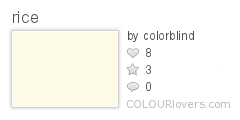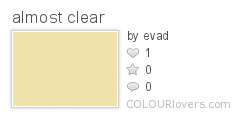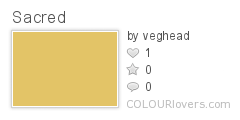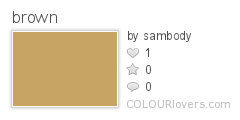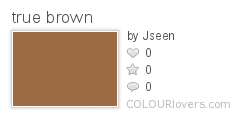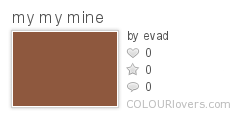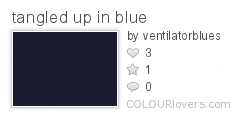Our skin plays two key roles: to protect us from the harmful UV radiation of the sun, while still taking in enough sun to produce healthy amounts of vitamin D. Because of this need, those populations who live in lower latitudes, those closer to the equator, have adapted darker toned skin able to better protect from UV radiation, while those in the higher latitudes have lighter skin to maximize vitamin D production.
Skin color is determined by the amount of melanin, the pigment of the skin, and can create colors from blue to nearly colorless which gives the skin a reddish appearance because of the blood located just beneath.

Skin Color Map for Indigenous People
While skin color is determined by genetics, besides tanning, in our modern world we have additional drivers behind the colors of skin. With globalization more people are living in areas where their skin tone is not aligned with the environment with which they live. This movement, which started with colonization and slavery, unfortunately, gives an interesting situation for anthropologist who are able to study how the skin will adapt when placed in an unfamiliar level of sun. One interesting example of this is Australia. The Indigenous population of Australia has much darker skin tones compared to the now prominent European population, and it just so happens that Australia has the highest incidence of skin cancer cases in the world, for guess who.
Of course skin color is constantly adapting, and it is interesting to wonder what the colors of our skin will be like in the future due to this voluntary movement and the constantly changing genetic mixtures of modern families.
Von Luschan’s Chromatic Scale

The Von Luschan’s Chromatic Scale consists of 36 opaque glass tiles which were compared to the subject’s skin, ideally in a place which would not be exposed to the sun (such as under the arm).
Though the von Luschan scale was used extensively throughout the first half of the twentieth century in the study of race and anthropometry, it was considered problematic, even by its practitioners, because it was very inconsistent. In many instances, different investigators would give different readings of the same person. It was largely abandoned by the early 1950s, replaced instead by methods utilizing reflectance spectrophotometry.
The 36 colors of the Von Luschan scale from the COLOURlovers library:
Sources: Wikipedia: Human Skin Color, futurgasm, Wikipedia: Felix von Luschan & Map



